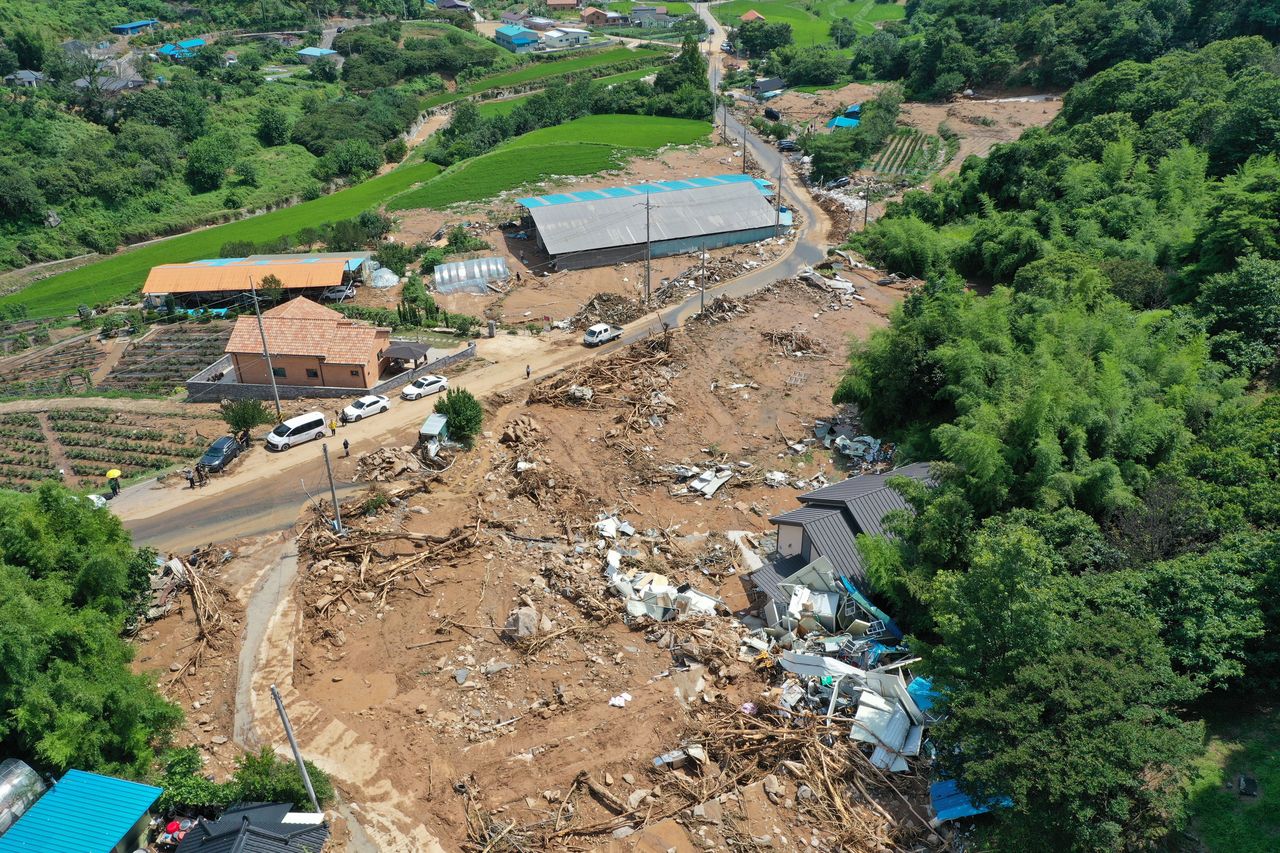 After record-breaking downpours subside, the United States braces for a new wave of weather extremes as sweltering heat takes hold.
After record-breaking downpours subside, the United States braces for a new wave of weather extremes as sweltering heat takes hold.
The National Weather Service predicts this summer will be longer and hotter than average, with significant fluctuations between heatwaves and localized thunderstorms expected to persist throughout the season.
As of Monday, officials reissued heat advisories and excessive heat warnings across the nation, anticipating heat index values to exceed 33°C and 35°C for two or more consecutive days.
From July 24 to 29, overnight lows nationwide are forecast to range between 23°C and 26°C, while daytime highs are expected to soar between 30°C and 35°C. The lingering humidity from last week’s prolonged rainfall will likely make it feel even hotter, with some areas expecting heat index values reaching a scorching 38°C.
The oppressive heat follows on the heels of last week’s record-breaking torrential rainfall, which triggered flooding and landslides in several regions.
According to the Federal Emergency Management Agency (FEMA), from July 16 to Sunday, the hardest-hit area recorded over 793.5 millimeters of rain in just five days.
Other severely affected regions saw rainfall totals ranging from 578.3 to 699 millimeters during the same period.
FEMA officials noted that during this five-day deluge, two locations recorded the highest hourly rainfall rates, with one area experiencing 114.9 millimeters of rain in a single hour on July 17, and another receiving 104 millimeters in an hour on Sunday.
 The southern region received more rain last week than during the entire monsoon season, which ran from June 19 to July 3.
The southern region received more rain last week than during the entire monsoon season, which ran from June 19 to July 3.
One of the worst-hit cities in the south experienced only five days of rain during the monsoon, marking the second shortest monsoon season on record. While cumulative rainfall during the monsoon reached just 147.2 millimeters, by Saturday evening, when the heavy rain warning was lifted, the city had seen a staggering 527.2 millimeters of rainfall.
Meteorologists explain that the dry monsoon season followed by extreme downpours results from the rapid and persistent expansion of a high-pressure system over the Pacific.
Typically, summer monsoon rains occur when cool, dry air from the north collides with warm, moist air pushed up by the high-pressure system from the south. A stationary front forms between the two, shifting north and south for an average of 31 days during a normal monsoon season, based on weather records from 1991 to 2020.
However, this year, meteorologists reported that the high-pressure system expanded rapidly, causing the monsoon to start nearly a week earlier than usual and end prematurely.
The record-breaking downpours that followed were also linked to the high-pressure system’s significant influence. Cold air from the north clashing with this dominant system, along with strong winds at its edge, drew in tropical moisture and created the perfect storm for torrential rain, according to the National Weather Service.
 The strengthening of this high-pressure system is also related to rising sea temperatures caused by global warming.
The strengthening of this high-pressure system is also related to rising sea temperatures caused by global warming.
\”As waters in the Pacific continue to heat up due to global warming, the high-pressure system grows stronger,\” said Dr. John Smith, a climate scientist at the University of California, in an interview with the Los Angeles Times. \”The monsoon season used to resemble a tug-of-war between the high-pressure system and cold air from the north. But now, that balance has shifted, making the monsoon season more volatile and harder to predict.\”
Dr. Smith added that the recent intense rainfalls can be defined as \”the new normal.\”
\”Compared to average weather records from the last 30 years, this level of rainfall is highly unusual. But we’re seeing similar extreme downpours almost every year now, including the intense rainfall that flooded major cities just a few years ago,\” Smith explained. \”With ocean temperatures rising, the atmosphere is increasingly saturated with moisture. The necessary conditions for intense weather events like this are being met every year.\”










Most Commented